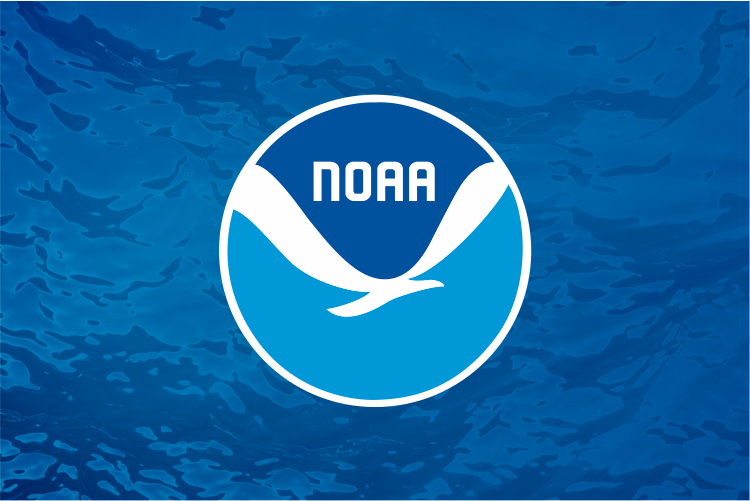Sunflower Sea Star
Pycnopodia helianthoides

Protected Status
Quick Facts

About the Species

The sunflower sea star occurs throughout intertidal and subtidal coastal waters of the Northeast Pacific Ocean from the Aleutian Islands, Alaska, to at least northern Baja California, Mexico. They are found to a depth of at least 435 meters on various substrate types, from rocky kelp forests to sand and mud flats.
Sunflower sea stars are broadcast spawners that require close proximity to mates for successful fertilization.
There is no single, systematically collected data set that provides population size or long-term trend data for sunflower sea stars throughout their range. However, from 2013-17, an outbreak of sea star wasting syndrome contributed to precipitous population declines in several areas, with impacts largely progressing sequentially from south to north. Disease, specifically sea star wasting syndrome, is the primary threat to the species. The influence of environmental stressors, including those associated with anthropogenic climate change, on disease risk are unresolved and are a major research focus.
Where They Live
Sunflower sea star can be found from the northeast Pacific Ocean in Alaska to at least Baja California, Mexico. This sea star is often found along outer coasts and inside waters and prefers temperate waters.
 World map providing approximate representation of the sunflower sea star range
World map providing approximate representation of the sunflower sea star range
Scientific Classification
| Kingdom | Animalia | Phylum | Echinodermata | Class | Asteroidea | Order | Forcipulatida | Family | Asteriidae | Genus | Pycnopodia | Species | helianthoides |
|---|
Last updated by NOAA Fisheries on 11/20/2024
Featured News
 A sunflower sea star. Credit: Gullekson/WDFW
A sunflower sea star. Credit: Gullekson/WDFW
 Sunflower sea star. Photo: Janna Nichols
Sunflower sea star. Photo: Janna Nichols
 The sunflower sea star, Pycnopodia helianthoides, is native to the West Coast. Credit: NOAA Fisheries
The sunflower sea star, Pycnopodia helianthoides, is native to the West Coast. Credit: NOAA Fisheries
Management Overview
NOAA Fisheries has completed a status review of the sunflower sea star (Pycnopodia helianthoides) and is proposing to list the species as threatened throughout its range under the Endangered Species Act.
Key Actions and Documents
Last updated by NOAA Fisheries on 11/20/2024
Documents
Biological Opinion National Marine Fisheries Service Office of Protected Resources, Permits and Conservation Division Hilcorp Cook Inlet Tugs Towing and Jack- up Rig, Cook Inlet, Alaska
Endangered Species Act (ESA) Section 7(a)(2) Biological Opinion for National Marine Fisheries…
Biological Opinion National Telecommunications and Information Administration AU- Aleutians II Fiber Optic Cable Project, Alaska
Endangered Species Act (ESA) Section 7(a)(2) Biological Opinion for National Telecommunications and…
Biological Opinion United States Army Corps of Engineers Alaska Railroad Company Seward Dock Repair, Seward, Alaska
Endangered Species Act (ESA) Section 7(a)(2) Biological Opinion for United States Army Corps of…
Biological Opinion National Marine Fisheries Service Office of Protected Resources, Permits and Conservation Division Sitka Seaplane Base Construction, Sitka, Alaska
Endangered Species Act (ESA) Section 7(a)(2) Biological Opinion for National Marine Fisheries…
Last updated by NOAA Fisheries on 11/20/2024
